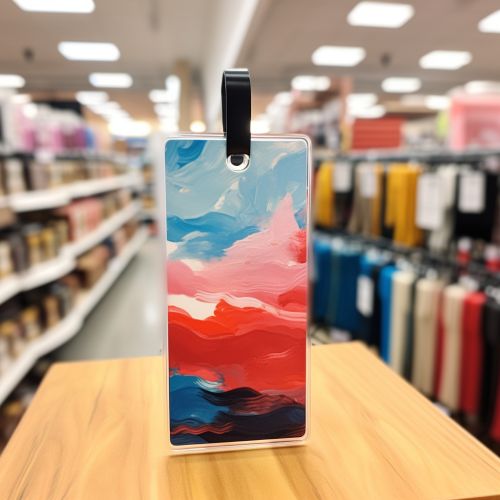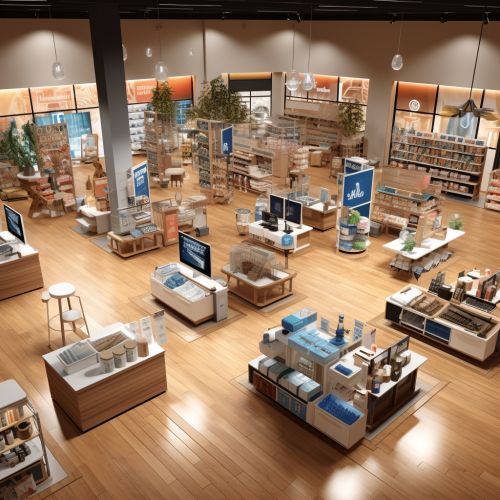Retail
Overview
Retail is a complex process involving the sale of consumer goods or services to customers through various channels of distribution with the primary aim of earning a profit. Retailers meet demand identified through a supply chain, with the term "retailer" typically applied where a service provider caters to the small orders of a multitude of individuals, who are end-users, rather than large orders of a small number of wholesale, corporate or government clientele. The act of shopping generally refers to the acquisition of products, sometimes to obtain final goods, including necessities such as food and clothing, and at other times as a recreational activity. Recreational shopping often involves window shopping and browsing, and does not always result in a purchase.


History
The history of retail markets and shops is ancient, with roots tracing back to antiquity. The process of retailing involves the sale of consumer goods or services to customers through various channels of distribution to earn a profit. Retailers meet demand identified through a supply chain. The term "retailer" is typically applied where a service provider caters to the small orders of a multitude of individuals, who are end-users, rather than large orders of a small number of wholesale, corporate or government clientele. Shopping generally refers to the act of buying products. Sometimes this is done to obtain final goods, including necessities such as food and clothing; sometimes it takes place as a recreational activity. Recreational shopping often involves window shopping and browsing: it does not always result in a purchase.


Types of Retail Outlets
A retail outlet is a shop or store where retail goods are sold. These outlets vary in size and type, ranging from small, independent corner shops to large retail chains. Retail outlets can be classified into several types, including department stores, supermarkets, convenience stores, discount stores, warehouse stores, specialty stores, hypermarkets, and e-commerce retailers.


Retail Pricing
The pricing technique predominantly used by retailers is cost-plus pricing. This involves adding a markup amount (or percentage) to the retailers' cost. Another common technique is suggested retail pricing, which involves charging the amount suggested by the manufacturer and usually printed on the product by the manufacturer. In Western countries, retail prices are often so-called psychological prices or odd prices: a little less than a round number, e.g. $6.95.


Retail Strategy
The retail strategy is a comprehensive marketing plan that outlines how a business intends to offer its products or services to consumers and influence their purchases. The strategy encompasses the company's marketing, merchandising, location, and operational aspects, among others. It is designed to provide a clear roadmap for a retail business, aiding it to distinguish itself in the market and attract the right audience.


Challenges in Retail
Retailers face a myriad of challenges in the market, including competition, customer service, and maintaining inventory levels. The advent of online shopping has also introduced new challenges for brick and mortar retailers, such as the need for exceptional in-store experiences to attract customers. Retailers also need to manage their supply chains effectively to avoid any disruptions that could impact their operations.


See Also
References
1. Berman, B., & Evans, J. R. (2010). Retail management: A strategic approach (11th ed.). Prentice Hall. 2. Levy, M., Weitz, B. A., & Grewal, D. (2014). Retailing management (9th ed.). McGraw-Hill Education. 3. Sternquist, B. (2018). International retailing (3rd ed.). Fairchild Books.
